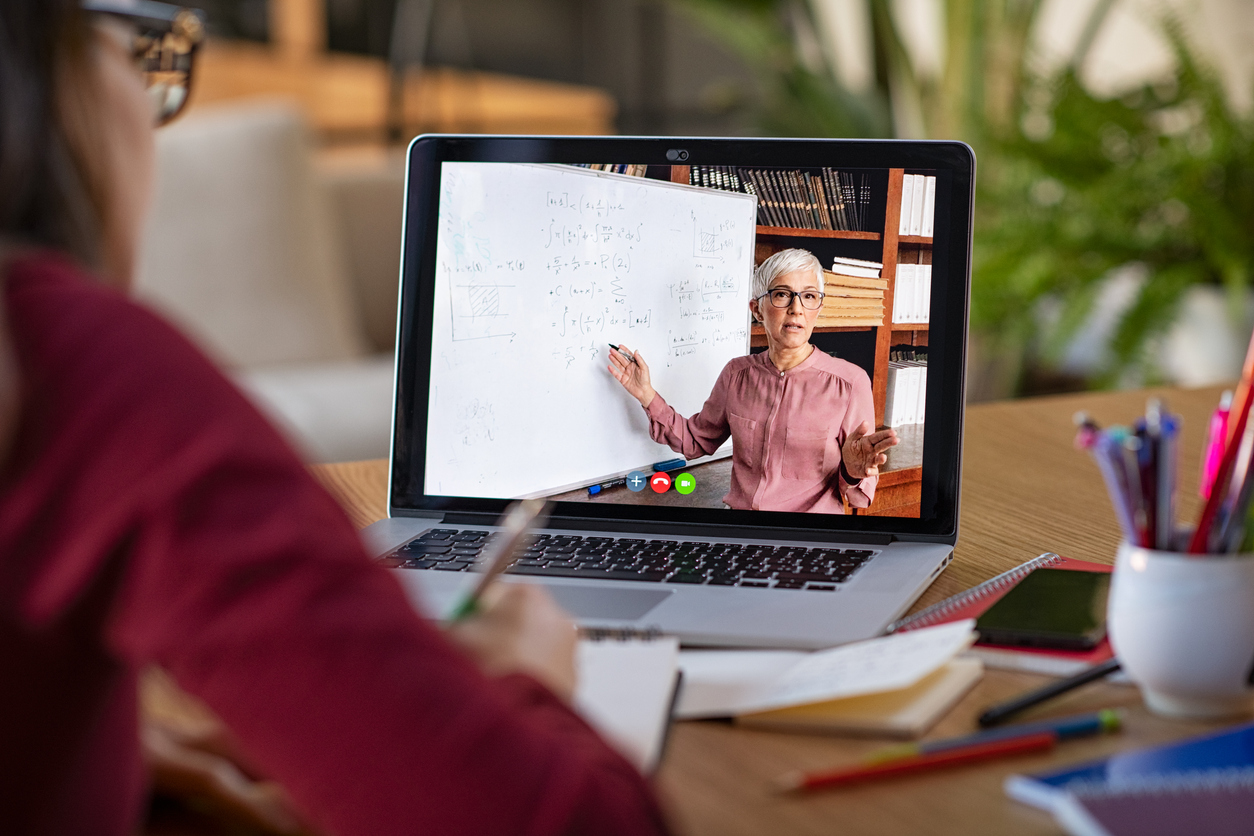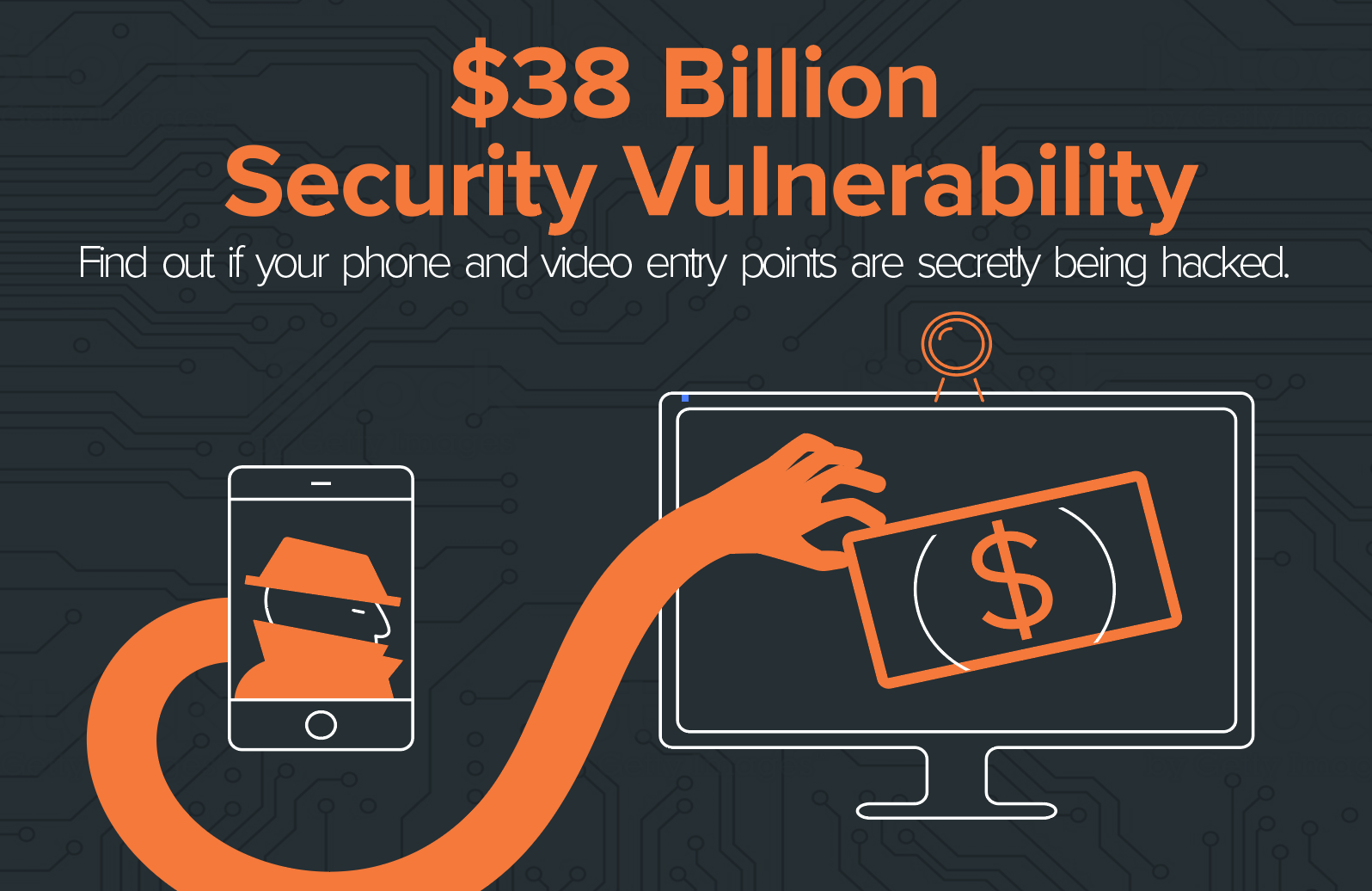While school districts and higher education institutions across the country have spent most of the past two months hurriedly moving students to distance learning delivery systems because of the Covid-19 pandemic, it looks like lawmakers are laying the groundwork for online classes to stay in place for a long time to come. Minnesota recently dispersed $8 million in grants to improve Internet access for students to better receive their classes digitally. Schools in Virginia will use $23.9 million allocated for relief from the federal level to improve distance learning programs.
The Coronavirus Aid, Relief, and Economic Security (CARES) Act allows schools to redirect existing Department of Education funding toward training and infrastructure for distance learning needs. And philanthropic organizations are starting to consider how their gifts to colleges and universities might best be used to reconfigure classrooms to serve a growing need to allow students to receive instruction remotely.The unexpected Covid pandemic and ongoing quarantine measures forced a rapid expansion of distance learning capabilities with lots of growing pains and learning along the way how to best deliver classes remotely, the in-progress waves of state and federal investment will make the practice a permanent and significant part of the educational landscape.
Betsy Webb, an advisor to Vyopta on educational issues and former head of the education team for Microsoft, said educators will use the summer months to evaluate their distance learning capabilities and learn from how teachers, students, administrators and IT departments performed in recent months. With the fall school year still uncertain based on public health issues, it is possible students could return to school by continuing to stay at home.
“We can look toward the fall but should really plan for a fluid academic year… whether it’s 100 percent of students on a physical campus or whether that varies throughout the school year you need transitions to be seamless,” said Webb, who also serves on the board of an independent school in the Seattle area. “This spring and summer is where we’re working with our IT department to see what’s working and if something is not working, is that because of a training challenge or accessibility, or how we need to support them. You need IT to monitor and manage this effectively, so the classroom teacher can unlock learning for students and not be required to be the IT manager.”
Digging into The Data
School districts large and small will be able to take a pause once the reconfigured school years ends, which will allow leaders to take a comprehensive look at how their IT infrastructure performed against increased demands, and how well the educational interactions between students and teachers worked to deliver course content. This may be a time where schools decide to switch providers, or add a secondary option, based on whether they are most concerned about feature sets and experience or having top-level security assurance.
Webb said students and parents should see noticeable improvements in any distance learning courses beginning in the fall, in no small part because of the data that can be gathered around engagement, participation levels, attendance and overall technical quality from analytics partners like Vyopta.
“Many schools are in the stage of mobilize for the short term, then will systemize for the long term because we can use our summer months to do the analysis based on the data of what worked, or what didn’t work either from an IT perspective, the faculty experience, or the student/parent experience,” she said.
“Schools need to know how their calls and videos are running. In delivery, at the district level an IT leader can analyze what’s working on engagement with students. From that you can look at, does it vary by school or vary by teacher? How can we be more effective and get better at teaching? Large districts can look at their educational results and use that to inform connections, and looking at the curricular outcomes.”
Realizing the Potential
News coverage around distance learning’s increasing presence because of the Covid pandemic reliably often includes concerns about students sitting in front of computer screens for several more hours per day instead of receiving in-person instruction. Webb downplays the screen time concern and notes that today’s middle school and older elementary students – who were born right as the iPhone was becoming a dominant communication tool – have grown up with screens as a constant feature of their lives and have a far greater ability to behave digitally throughout the course of a regular day.
“Distance learning accelerates students’ and faculties’ use of new and different technology, and this is developing new areas of interest for students,” she said. “Computing and coding is not off to the side. For the long run in the student experience you get more exposure and chances to spark interest. And this can also reinvigorate an educator who’s interested in their craft and is open to learning new ways to teach and to interact with students.”
If the fall months see a nearly full return to students learning in traditional classrooms, there will still be room for schools to use distance learning to offer niche classes to small groups of students in different buildings or to provide specialized instruction for students with different learning needs. Webb said a combination of interoperability between different learning applications and still-developing instructional practices should offer districts new opportunities to stand out and improve the quality of education they provide.
“We need to make sure the best tools rise to the top, whether that’s content tools for math or English or arts, but also what evaluating what exercises the teacher are doing and how effective they are,” she said. “I see tremendous potential for distance learning to be many steps improved from where we are today but we have to get through the process to systemize it. Then schools and districts need to strategize to determine how to provide differentiated learning and put this technology to our full advantage.”
As part of its response to the Covid-19 pandemic, Vyopta is currently offering a free trial to help IT teams support massive expansion in distance learning.
Chad Swiatecki is a business writer and journalist whose work has appeared in Rolling Stone, Billboard, New York Daily News, Austin Business Journal, Austin American-Statesman and many other print and online publications. He lives in Austin, Texas and is a graduate of Michigan State University. Find him online on LinkedIn.








